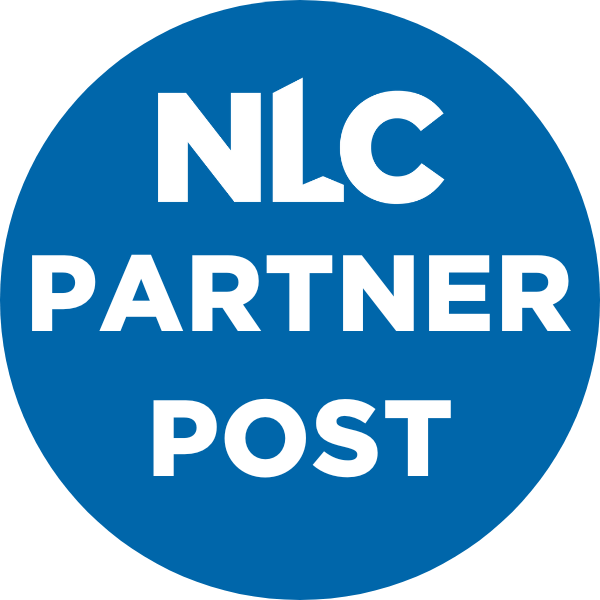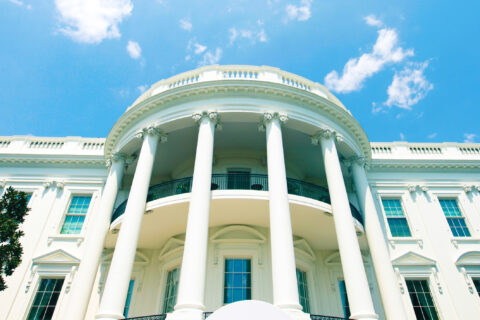Co-authored by Ken Sansone, Senior Partner, SL Environmental Law Group and Kyla Tengdin, Education & Outreach, SL Environmental Law Group
Does this sound familiar? Your government has been in high gear ever since per- and polyfluoroalkyl substances (PFAS), sometimes referred to as “forever chemicals,” were detected in your water sources, trying to stay ahead of the problem. Now, just when your city has a plan to comply with the federal PFAS drinking water standards, you learn your state is considering legislation banning the sale of sludge from wastewater treatment operations containing PFAS above a certain concentration. Your city is now facing higher sludge disposal costs, as well as concerns over liability for sludge you disposed of previously. Meanwhile, residents near your city’s airport, landfill and firefighting training facility are concerned about contamination from PFAS potentially released from those sites. Addressing these issues could far exceed your city’s utility budget.
If this sounds familiar, you’re not alone. The cost of infrastructure to mitigate PFAS impacts is one of the most pressing issues facing today’s municipal leaders. Treating PFAS in drinking water alone is anticipated to cost billions nationwide and require decades of ongoing maintenance. Unfortunately, this may be just the tip of the iceberg. Through no fault of their own, wastewater treatment plants, landfills, airports and fire training facilities (so called “passive receivers” because they neither cause nor contribute to PFAS contamination but rather receive PFAS-containing materials) may discover additional PFAS contamination that may need to be remediated. Local governments that manage these sites may now be responsible for these costs, whether to meet evolving regulatory requirements, to satisfy public demands, or both.
Recent federal funding through the Infrastructure Investment and Jobs Act provides a historic level of federal investment in our nation’s water infrastructure but is still expected to leave funding gaps. As an additional revenue strategy, hundreds of cities and other public agencies have pursued litigation against PFAS manufacturers, recently securing landmark settlements for PFAS drinking water impacts totaling over $14 billion. However, these settlements do not address claims for PFAS impacts to wastewater treatment operations, airports, landfills or other municipal resources, which continue to be filed and litigated as part of the multidistrict litigation proceeding.
Spokane, WA Seeks to Recover PFAS Costs
Initially concerned over PFAS impacts on the costs of operating its drinking water systems, the City of Spokane, WA (pop. 229,447) filed a lawsuit against national manufacturers of PFAS products and expects to receive settlement payments from four different manufacturers before the end of this year to help cover some of the costs of those impacts. In addition to securing this funding through these national class action settlements, SL Environmental Law Group is continuing to work with the city to identify costs for other potential PFAS impacts to municipal operations and other public resources. This legal strategy relies on a simple principle: making polluters, rather than ratepayers, pay the costs for cleaning up contamination.
Spokane’s Story
Spokane sprang into action when PFAS were detected in the area in 2017, providing emergency water service to a neighboring city hit hard by contamination. Spokane installed a temporary water intertie to connect to its neighbor and later built several new water connections as a permanent solution. Today, Spokane continues to supply almost all of the neighboring jurisdiction’s water. With millions already invested in this project, the city expects to spend millions more to continue providing safe drinking water to its own residents as well as those in the neighboring city. To protect its taxpayers from these costs, the city is seeking to recover funds through special provisions of the PFAS drinking water settlements mentioned above, in which local governments can submit additional claims for reimbursement of these infrastructure costs the city has already incurred in response to PFAS contamination.
Using Litigation to Fund PFAS Cleanup
The current PFAS settlements, while limited to public drinking water impacts, demonstrate the effectiveness of legal action to hold manufacturers accountable for the contamination their products have caused. Municipalities facing other PFAS impacts can still pursue litigation, such as:
- Biosolids treatment, transfer, and disposal
- Ongoing maintenance and monitoring
- Landfill leachate pre-treatment
- Onsite abatement and stormwater runoff collection systems at municipal airports or fire stations/training facilities
- Site investigation and testing
- Soil and groundwater contamination remediation (including off-site contamination)
Each municipality is unique, and financial strategies that work for one city, town or village may not meet all the needs of another. With today’s rising infrastructure costs, successful leaders leverage every available funding source to reach their community’s goals. Municipalities can avoid leaving money on the table by exploring legal cost recovery options because cities, towns and villages shouldn’t be left holding the bill for PFAS mitigation.
Learn More
To support local leaders in understanding new PFAS regulations from the U.S. Environmental Protection Agency (EPA), NLC published two briefs:
- Evaluating PFAS Treatment Technologies: A Technical Framework to Meet the 2024 EPA Drinking Water Regulation, which explores the history of PFAS and the specifics of the new regulation, as well as providing a framework for choosing a treatment technology.
- Managing PFAS Waste: A Comprehensive Guide for Local Decision-Makers, which examines the impact of the CERCLA designation on municipal utilities and services, with a focus on implementing current and emerging strategies for PFAS disposal through wastewater treatment and landfills.
About the Authors
Ken Sansone exclusively represents municipalities, counties, states, utilities and private entities in contamination lawsuits. He has more than 20 years of experience handling complex civil and criminal cases in federal and state trial and appellate courts and currently represents about 280 water systems across the country over PFAS contamination cases.
With a background in water education, nonprofit communications, and event planning, Kyla Tengdin is dedicated to helping municipalities learn more about emerging contaminants and evolving regulations.
Visit the NLC Strategic Partnerships page to learn more about the organizations like SL Environmental Law Group dedicated to making NLC the premier resource for local governments.




